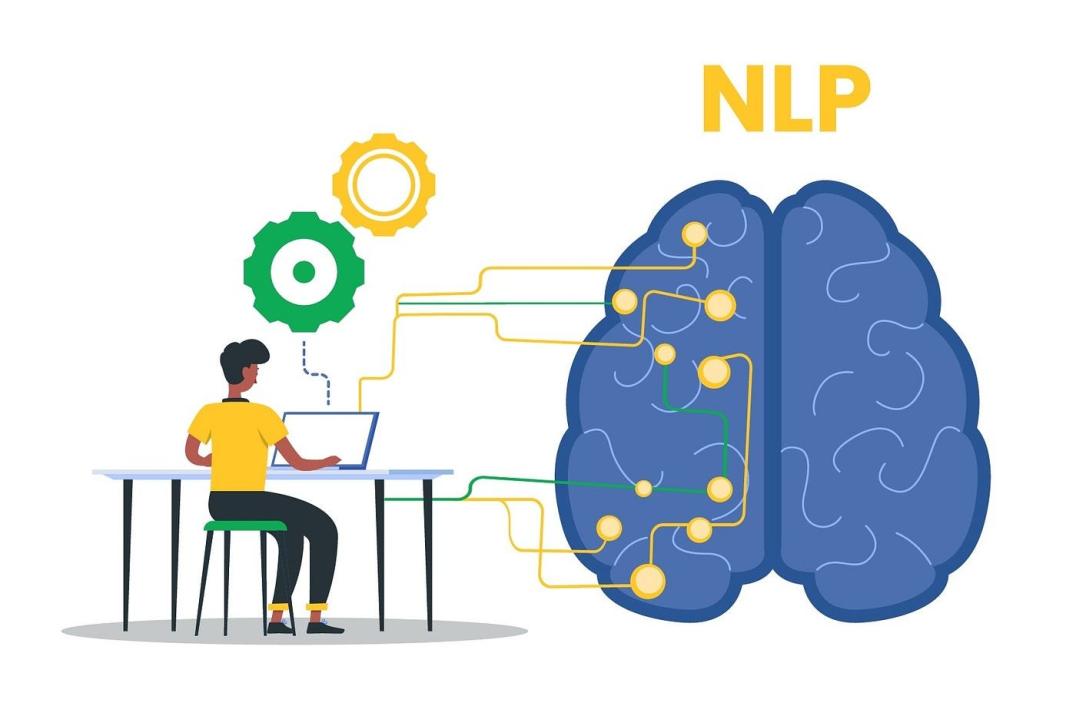Can AI Understand Human Language Like a Native Speaker?
Artificial intelligence (AI) has made remarkable strides in recent years, particularly in the field of natural language processing (NLP). This has led to the development of AI systems that can understand and respond to human language in increasingly sophisticated ways. However, the question remains: can AI truly understand human language like a native speaker?

I. Current State Of AI's Language Understanding
AI's ability to understand human language has advanced significantly in recent years. Notable examples include:
- Google's BERT (Bidirectional Encoder Representations from Transformers) model, which has achieved state-of-the-art results in various NLP tasks, including machine translation, question answering, and text summarization.
- OpenAI's GPT-3 (Generative Pre-trained Transformer 3) model, which has demonstrated impressive language generation capabilities, including the ability to write creative text, translate languages, and answer complex questions.
- Microsoft's Turing-NLG (Natural Language Generation) model, which has been used to generate realistic and engaging text for various applications, such as news articles, product descriptions, and marketing copy.
These AI systems have shown remarkable progress in understanding and responding to human language. However, they still face limitations and challenges in achieving native-like language understanding.
II. Limitations And Challenges
Despite the advancements, AI still faces several limitations and challenges in understanding human language like a native speaker. These include:
- Complexity of Human Language: Human language is highly complex, with idioms, sarcasm, cultural nuances, and other subtleties that can be difficult for AI to grasp.
- Contextual Understanding: AI systems often struggle to understand the context of a conversation or text, which can lead to misinterpretations or misunderstandings.
- Lack of Common Sense: AI systems lack the common sense and world knowledge that humans possess, which can hinder their ability to understand and respond to language in a natural and meaningful way.

These limitations can result in AI systems misinterpreting or misunderstanding human language, leading to errors or inappropriate responses.
III. Approaches To Improve AI's Language Understanding
Researchers and developers are actively pursuing various approaches to improve AI's language understanding capabilities. These include:
- Deep Learning and Machine Learning: Deep learning and machine learning algorithms are being used to train AI systems on massive datasets of text and speech, enabling them to learn the patterns and structures of human language.
- Large Language Models: Large language models (LLMs) are AI systems trained on vast amounts of text data, allowing them to learn the statistical relationships between words and phrases. This enables them to generate coherent and contextually relevant text.
- Transfer Learning: Transfer learning techniques are being used to adapt AI models trained on one language or task to other languages or tasks, reducing the need for extensive training on new data.
These approaches are helping to bridge the gap between AI's language understanding and that of a native speaker.
IV. Potential Applications And Benefits
AI's improved language understanding abilities have the potential to revolutionize various fields, including:
- Customer Service: AI-powered chatbots and virtual assistants can provide more natural and intuitive customer support, improving customer satisfaction and reducing the need for human agents.
- Healthcare: AI systems can analyze medical records, patient data, and research papers to assist healthcare professionals in diagnosis, treatment planning, and drug discovery.
- Education: AI-powered tutoring systems can provide personalized learning experiences, adapting to each student's needs and learning style.
- Entertainment: AI can generate creative content, such as stories, music, and art, offering new forms of entertainment and artistic expression.
AI's enhanced language comprehension can lead to improved user experiences, better decision-making, and more personalized services.
V. Ethical Considerations And Future Implications
AI's language understanding capabilities raise important ethical considerations, including:
- Bias: AI systems trained on biased data can perpetuate and amplify existing biases, leading to unfair or discriminatory outcomes.
- Privacy: AI systems that analyze large amounts of text and speech data raise concerns about privacy and the potential misuse of personal information.
- Misinformation: AI systems capable of generating realistic text and speech could be used to spread misinformation or propaganda, potentially undermining trust and confidence in information sources.
Addressing these ethical considerations is crucial to ensure that AI's language understanding capabilities are used responsibly and ethically.
VI. Conclusion
AI's ability to understand human language has made significant progress, but there is still a gap between AI's language understanding and that of a native speaker. Ongoing research and developments are focused on bridging this gap and unlocking the full potential of AI's language understanding capabilities. As AI continues to evolve, it is essential to address the ethical considerations and future implications of these technologies to ensure their responsible and beneficial use.
YesNo

Leave a Reply